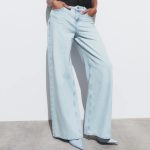We all love finding trendy clothes at wallet-friendly prices.
But fast fashion’s low price tags and temptation of new inventory every week come at a high cost – one paid by the environment, factory workers, and even our own wallets.
The fast fashion industry operates on a model of overproduction, low quality, and unsustainable practices.
However, there is a better way to stay stylish without sacrificing ethics or our planet – the slow fashion movement.
Slow fashion focuses on quality construction, eco-friendly materials, fair labor practices, and versatile timeless designs.
Buying well-made investment pieces over cheap disposable items reduces waste and keeps clothes out of landfills.
Curious to learn more about the fast fashion vs slow fashion debate?
Let’s dive into the pros and cons of each to help you make more informed buying decisions. Get ready to look at your wardrobe and shopping habits in a whole new light!
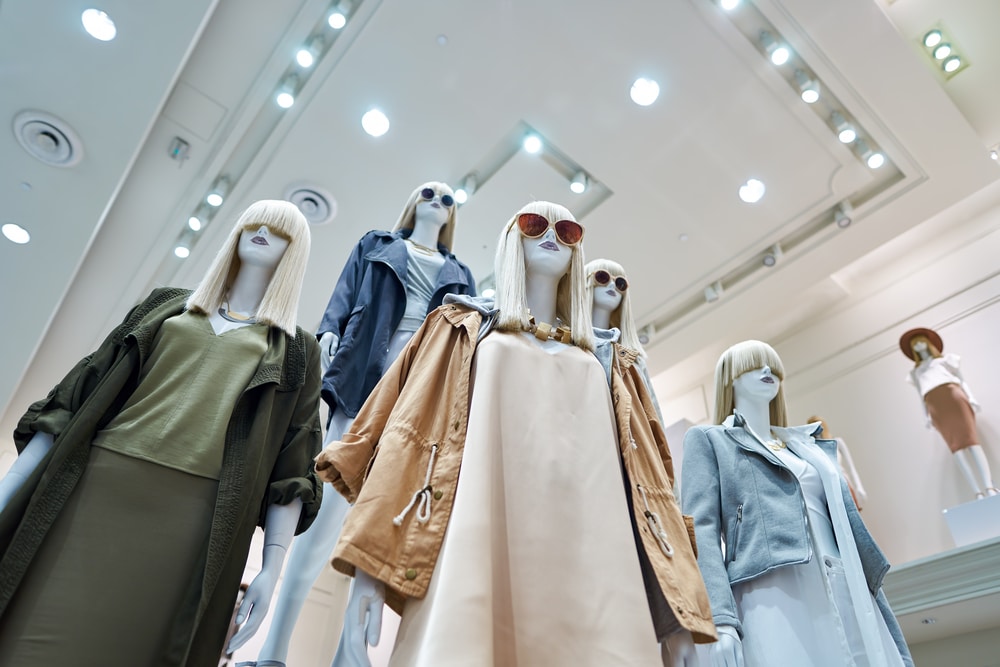
What is Fast Fashion?
Fast fashion refers to cheap, quickly-made clothing that mimics current luxury fashion trends. Retailers like H&M, Zara, and Forever21 are major fast fashion brands.
These companies can design a garment and get it from the factory to stores within just a few weeks. This is only possible because of their streamlined supply chain management and access to cheap labor.
Here are some key characteristics of fast fashion brands:
Mass Production
Fast fashion retailers rely on mass production to churn out huge volumes of clothing in short amounts of time.
Their factories use practices like assembly line manufacturing to maximize efficiency. The result? More products on the shelves at super low prices.
Cheap Materials
To keep costs down, fast fashion brands use cheaper materials like polyester rather than pricier natural fibers such as cotton or silk. The fabrics are flimsy and don’t stand up well to repeated use and washing.
Cheap Labor
Many fast fashion suppliers are located in developing countries where labor is cheap and regulations may be lax. Workers often face poor conditions and wages.
Trend-Driven Designs
Rather than develop unique designs, fast fashion brands quickly produce copies of luxury fashion pieces. Their design teams closely follow runway shows and fashion magazines.
Frequent Inventory Cycles
Fast fashion retailers constantly refresh their inventory with new items. Some chains add new stock to stores multiple times per week to encourage shoppers to visit often.
So in summary, fast fashion provides inexpensive, trendy clothes by cutting corners on quality and ethics.
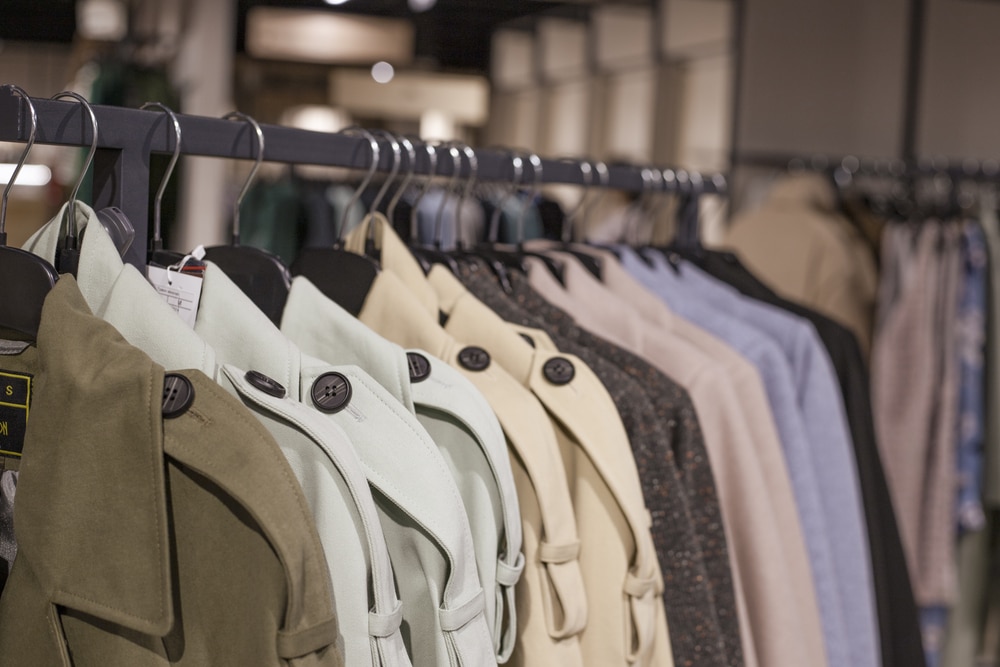
The Problem With Fast Fashion
While fast fashion has made fashionable clothing affordable and attainable for the average person, this business model promotes overconsumption and has major sustainability issues:
Overproduction and Waste
With so many clothes being churned out at such a rapid pace, much of it goes unsold. In fact, it’s estimated that more than half of fast fashion produced is never even sold! Much of this excess inventory ends up in landfills.
Pollution
Cheap synthetic fabrics like polyester shed microfibers when washed, polluting the ocean. Dyeing and manufacturing fast fashion also uses immense amounts of water and energy and creates chemical waste.
Unethical Labor Practices
In the race to lower costs, many fast fashion brands fail to provide decent wages and fair working conditions for factory workers. Several tragic incidents like the Rana Plaza collapse in Bangladesh have highlighted this issue.
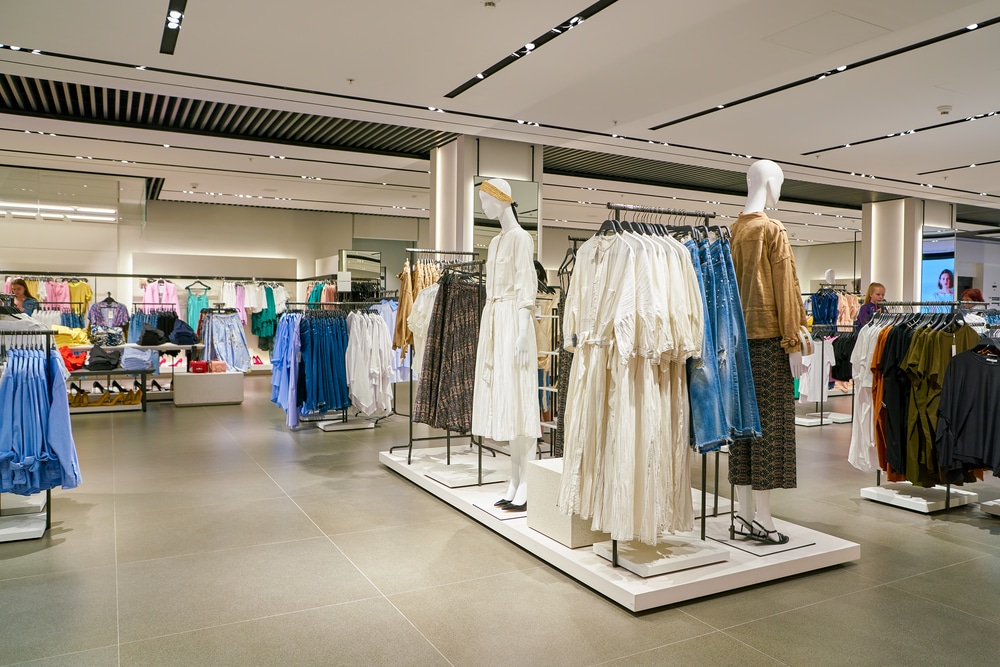
Lack of Transparency
It’s hard to trace where fast fashion comes from due to complex, opaque supply chains. Brands aren’t transparent about sourcing and manufacturing.
Encourages Overconsumption
With affordable prices and constant new inventory, fast fashion encourages overconsumption. The average person buys 60% more clothing now than 15 years ago. Most items are barely worn before being discarded.
So you can see why fast fashion has been criticized as wasteful, polluting, and unethical. But don’t ditch your favorite fast fashion retailer just yet – there are more sustainable options available!
What Is Slow Fashion?
Slow fashion is the opposite of fast fashion. It focuses on classic, high-quality materials and responsibly made clothes meant to be treasured and worn for a long time. Slow fashion brands have transparent supply chains and treat workers fairly. Here are the pillars of the slow fashion movement:
Quality Over Quantity
Slow fashion values quality manufacturing and materials over quickly producing large volumes of clothing. The goal is to make garments that last.
Sustainable Materials
Slow fashion brands use eco-friendly, natural materials like organic cotton and look for sustainable textile innovations. These materials are biodegradable and less polluting than synthetics.
Ethical Production
Rather than outsourcing to factories with poor working conditions, slow fashion products are often locally made in countries with fair labor standards. Some brands produce clothing in their own factories for oversight.
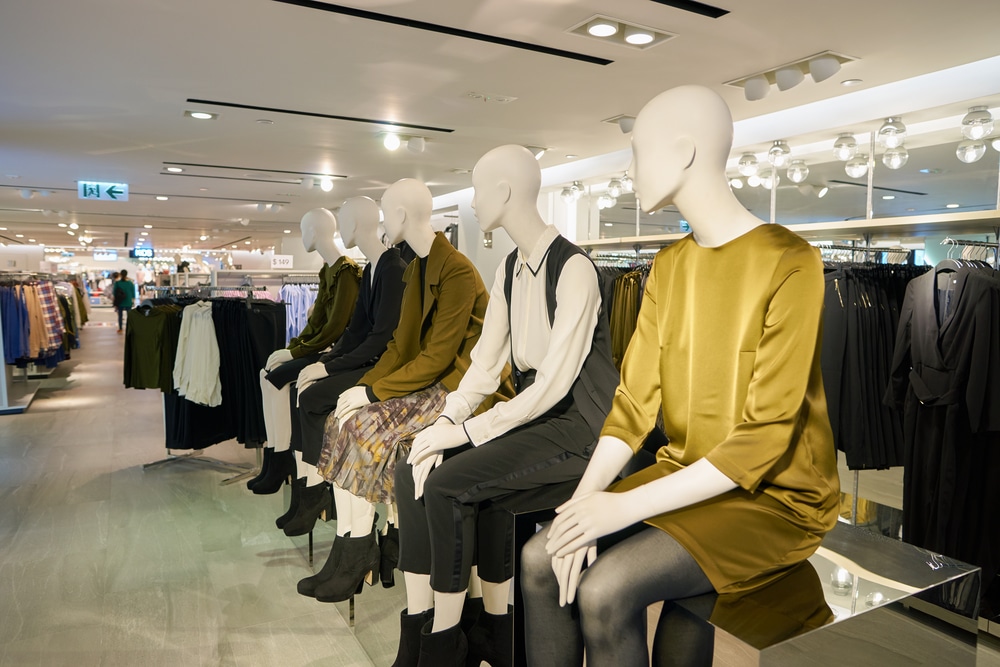
Transparency
Slow fashion companies disclose their suppliers, manufacturers, and ethical practices. You can look up exactly where your clothes were made.
Classic, Versatile Designs
Timeless, high-quality design is valued over cheap copies of luxury fashion trends. The styles aren’t seasonal but can be worn for years to come.
Less New Inventory
Slow fashion brands don’t constantly introduce new styles, and new collections don’t follow seasonal fashion calendars. The focus is on developing well-made core products.
So in essence, slow fashion is about producing less clothing but at a higher quality and with ethical, sustainable practices.
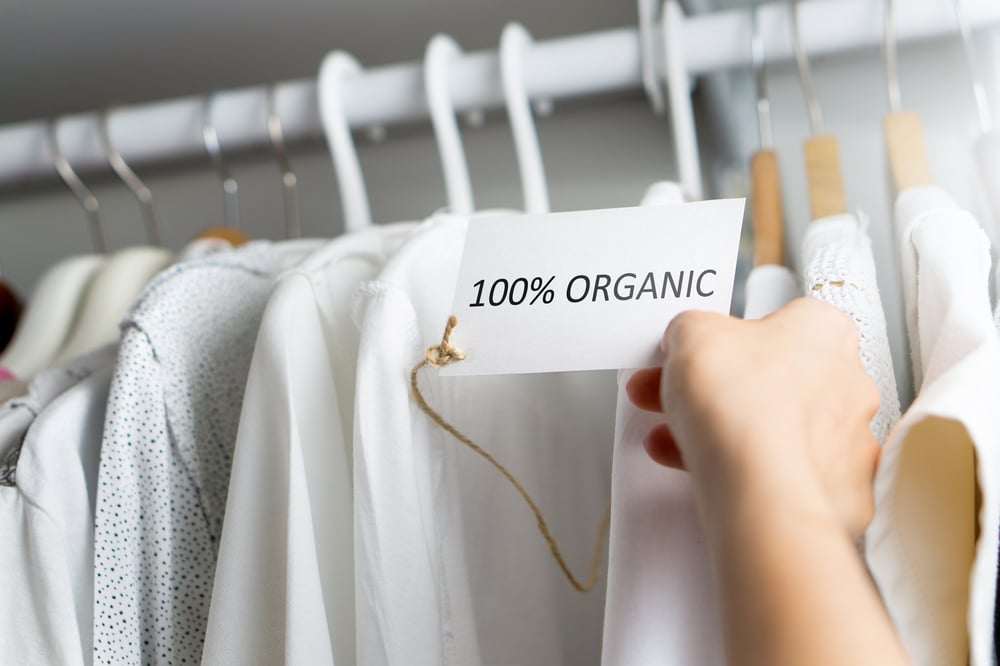
3 Reasons To Switch To Slow Fashion
Convinced that slow fashion is the more responsible choice? Here are three benefits you’ll reap by supporting slow fashion brands:
1. Reduce Your Environmental Impact
The slow fashion movement aims to greatly reduce the pollution, waste, and resource consumption currently resulting from fast fashion practices. By choosing better quality items made to last from eco-friendly materials, you minimize your closet’s environmental footprint.
2. Support Ethical Working Conditions
Slow fashion tends to be locally produced in countries with regulations that protect workers. When production is outsourced, slow fashion brands vet suppliers to ensure safe conditions and living wages are provided. Every purchase supports good jobs.
3. Save Money in the Long Run
While fast fashion pieces are cheap, their poor quality means they rarely withstand more than a few wears and washes before falling apart. Investing in a few higher quality slow fashion pieces that will last for years ultimately costs less than constantly buying disposable fast fashion.

How To Start Supporting Slow Fashion
If you’re inspired to ditch fast fashion in favor of more ethical and eco-friendly slow sustainable fashion, here are some tips to get you started:
- Look for quality over quantity. Build your wardrobe around versatile, well-made staples that will last vs trendy pieces you’ll wear once.
- Do your research. Look up brands’ supply chains and commitments to sustainability and labor rights before purchasing. Opt for brands that align with your values.
- Support local. Check out local clothing designers and manufacturers in your area for products made close to home.
- Buy natural materials. Choose garments made with materials like organic cotton, linen, hemp and Tencel which have less environmental impact than synthetics.
- Shop vintage and secondhand clothing. Scour thrift and consignment shops for high-quality previously owned clothing at affordable prices.
- Repair and care for your clothes. Follow garment care instructions, mend holes immediately and bring items to a tailor to extend their lifespan.
- Rent or swap clothing. Rental services and clothing swaps reduce the need to constantly buy new pieces.
- Wash clothes less. Washing clothes less frequently preserves fabrics and reduces microfiber pollution.
- Dispose of clothes responsibly. Donate or consign quality used pieces. Recycle natural materials when possible.
The Future Looks Bright For Slow Fashion
While fast fashion still dominates the industry, more and more brands and consumers are joining the slow fashion movement.
By supporting ethical fashion brands that companies that use sustainable fabrics, you can look stylish while also minimizing your closet’s negative impact. Invest in quality over quantity, sustainably made classics that will transcend temporary trends. Your wardrobe and the planet will thank you!




